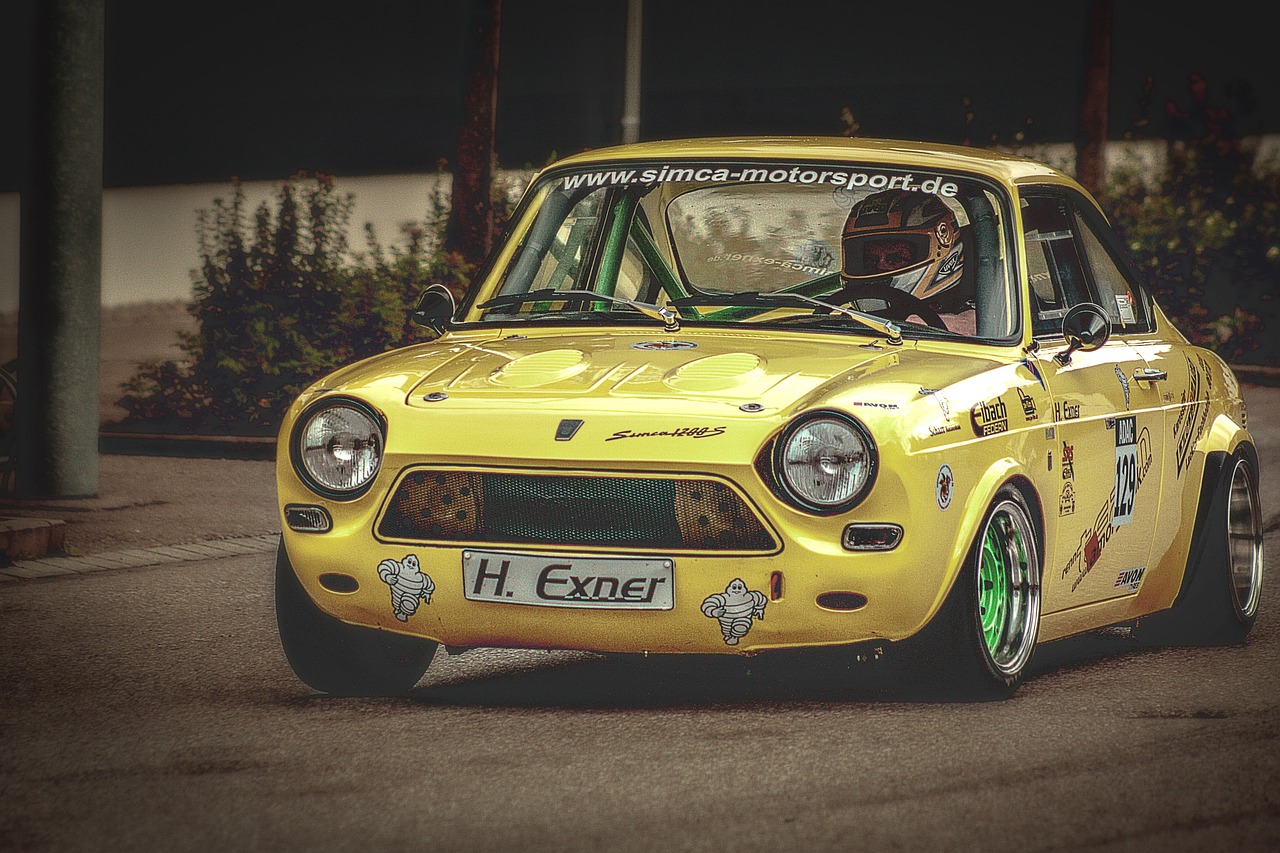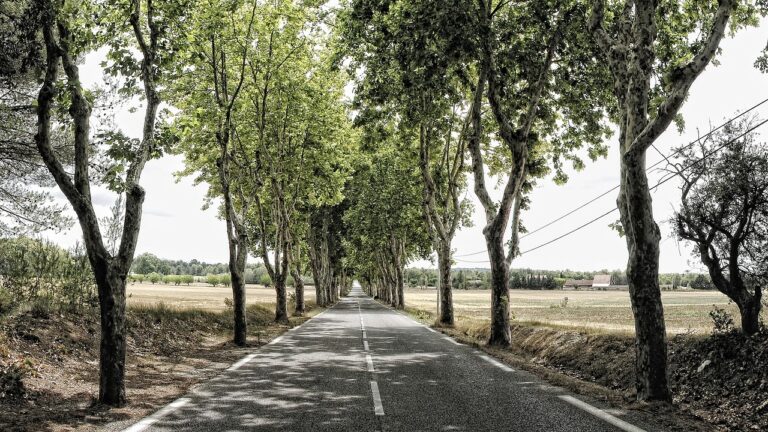The Influence of Minimalism on Car Interior Design Trends
Car interior design has evolved significantly over the years, reflecting the changing needs and preferences of drivers and passengers alike. Early automobiles featured basic interiors with rugged materials, focusing primarily on functionality rather than aesthetics. As cars became more widespread and affordable in the early 20th century, manufacturers started incorporating more comfort-oriented elements into their designs.
In the mid-20th century, car interiors underwent a major transformation with the introduction of stylish accents and luxurious materials. This era saw the rise of unique design elements such as chrome detailing, plush upholstery, and luxurious wood paneling. As the automobile industry continued to grow, car interior design became a key differentiator for manufacturers looking to attract discerning customers seeking both style and comfort in their vehicles.
The Rise of Minimalism in Design
As design trends evolve, minimalism has emerged as a prominent style in various industries, including automotive design. The rise of minimalism in car interiors is characterized by clean lines, uncluttered spaces, and a focus on functionality. Car manufacturers are increasingly embracing this approach to create sleek and modern interiors that prioritize simplicity and sophistication.
Minimalist car interiors often feature a monochromatic color palette, with neutral tones like black, white, and grey dominating the design. By reducing the number of unnecessary elements and simplifying the overall layout, designers are able to create a sense of calm and elegance within the cabin. This minimalist approach not only enhances the visual appeal of the interior but also creates a more spacious and unobtrusive environment for drivers and passengers.
Key Elements of Minimalist Car Interiors
Minimalist car interiors often feature clean lines and simple shapes, emphasizing functionality over excessive embellishments. The use of high-quality materials such as leather, aluminum, and wood adds a touch of luxury while maintaining a sleek and uncluttered look. By incorporating only essential features and removing unnecessary distractions, minimalist car interiors provide a sense of calm and focus for both the driver and passengers.
Neutral color palettes, such as black, white, and gray, are commonly used in minimalist car interiors to create a sense of sophistication and timelessness. The emphasis on a monochromatic color scheme helps to create a visually cohesive and unobtrusive aesthetic, allowing the design elements and details to stand out without overwhelming the space. In addition, the strategic placement of lighting fixtures and accents can further enhance the minimalist feel by highlighting key areas of the interior while maintaining a sense of openness and simplicity.
• Neutral color palettes like black, white, and gray are commonly used in minimalist car interiors
• Monochromatic color schemes create a visually cohesive and unobtrusive aesthetic
• High-quality materials such as leather, aluminum, and wood add luxury while maintaining simplicity
• Strategic placement of lighting fixtures and accents can enhance the minimalist feel
• Emphasis on functionality over excessive embellishments creates a sense of calm for both driver and passengers
What is the history of car interior design?
Car interior design has evolved significantly over the years, with early cars featuring basic and utilitarian interiors, while modern cars now incorporate advanced technology and luxurious materials.
Why has minimalism become popular in car interior design?
Minimalism in car interior design has gained popularity due to its clean and uncluttered aesthetic, as well as its focus on functionality and simplicity.
What are some key elements of minimalist car interiors?
Some key elements of minimalist car interiors include clean lines, unobtrusive controls, minimalistic dashboard designs, high-quality materials, and a focus on creating a spacious and uncluttered environment for the driver and passengers.







